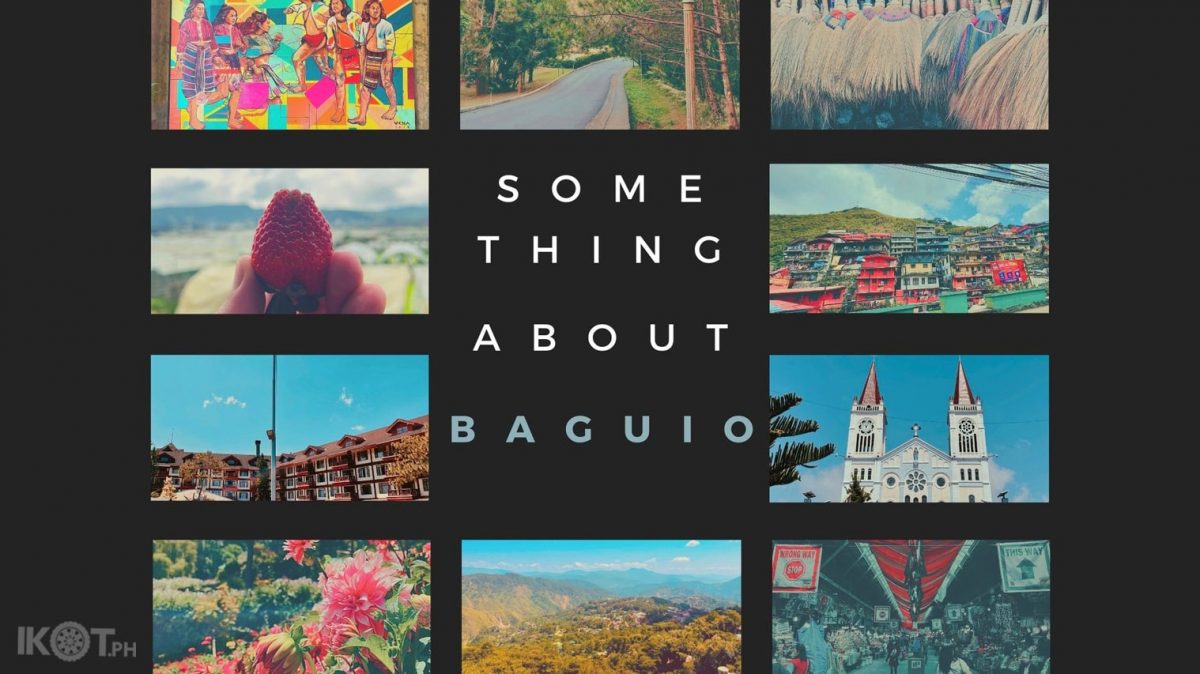I always see Baguio as a place of new beginnings. For some, Baguio is the first thing that crosses their minds whenever the summer sunshine becomes scorching. Others are reminded by Baguio as the go-to place when the chorus to a Whitney Houston hit starts asking, “Where do broken hearts go?” But behind the familiar breeze, the awe-inspiring Baguio offers way more than the dreamy views and cold air.
Baguio is so surreal in ways that it’s also so prosaic. Surreal in such a way that when the cold spell wind starts touching your skin, it provides a contrasting feeling of warmth and comfort. Yes, the kind you get in a place you call home.
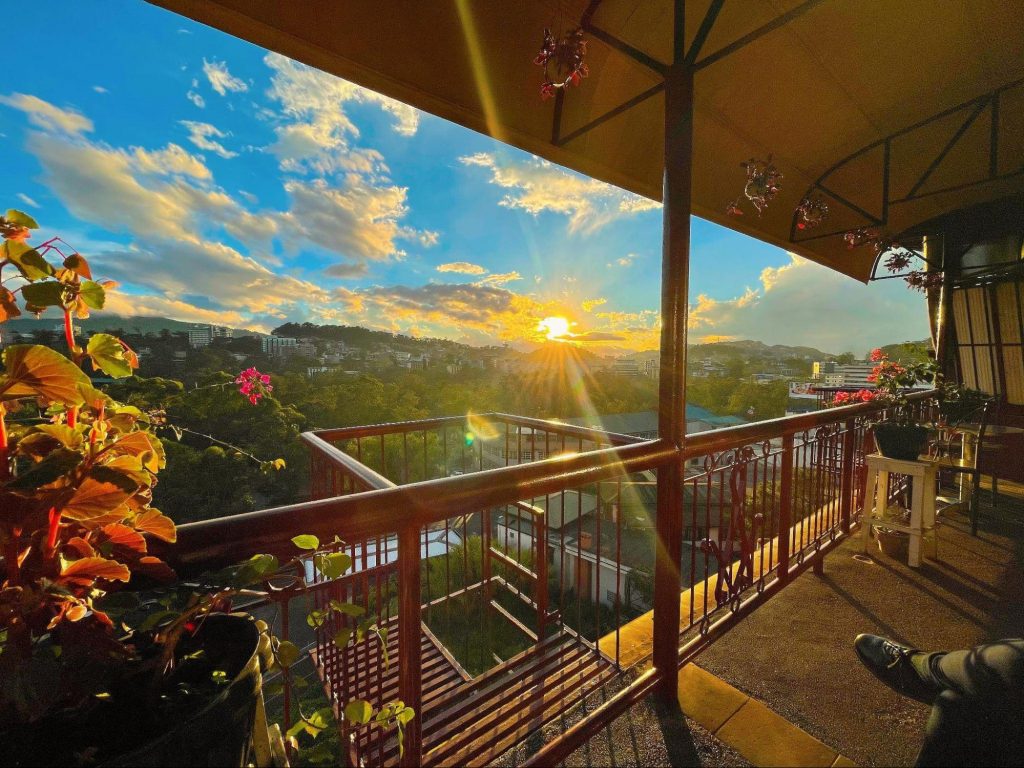
Let me now briefly walk you through a story of Baguio that is uncommonly shared.
Baguio is first, and foremost, home to a rich culture and ancestry threatened to be forgotten by the modern world. While most of us would relate to this humble city during the American Period, it is noteworthy to recognize that Baguio stretches back its roots and history of protecting its culture and domain to the late 1500s, a time when numerous attempts by the Spanish colonizers to extract the Igorot Gold were prevalent.
“Baguio is first, and foremost, home to a rich culture and ancestry threatened to be forgotten by the modern world.”
Despite Baguio being a young city founded in the early 1900s, witnessing various changes of the seasons, it remained standing proud of its culture while holding on to what’s keeping Baguio the city that we love to this day.
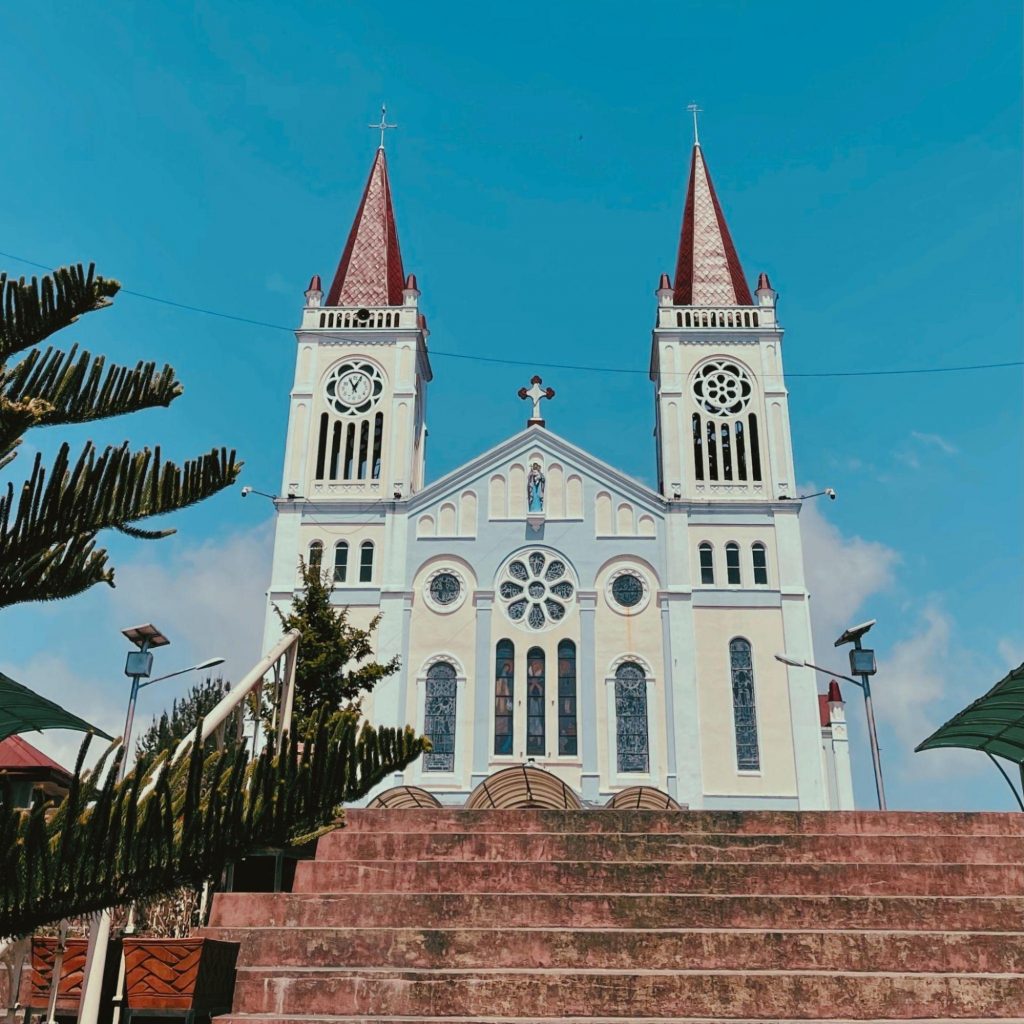
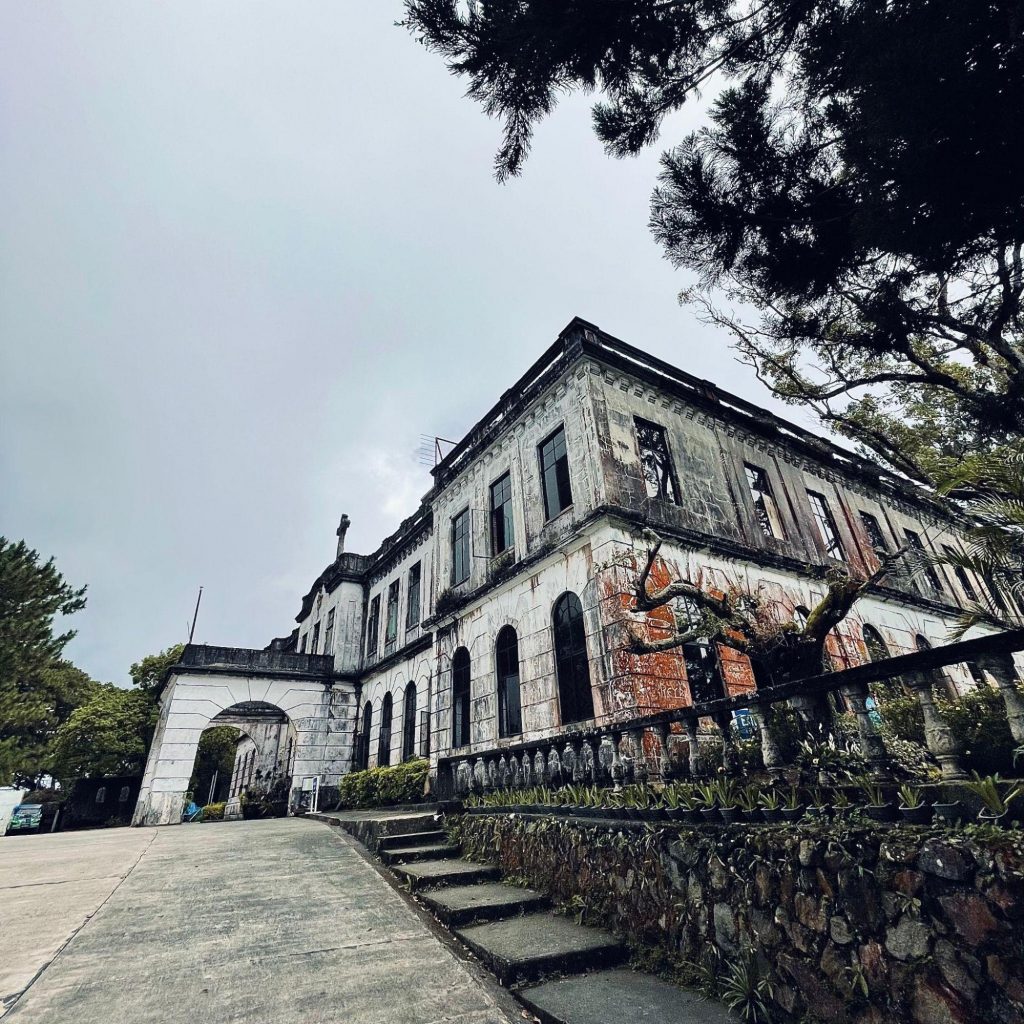
Behind its busy streets, there lies a culture waiting to be recognized and saved. It’s waiting to remind us that the very reason it stands the test of time is because of the Cordillera people who fought hard to defend its land, then and now.
“It’s waiting to remind us that the very reason it stands the test of time is because of the Cordillera people who fought hard to defend its land, then and now.”
Walk around the streets of Baguio, look for the artwork on the walls, stairs, and barriers. Listen to the soft music in the air as you traverse along its uphill side streets. Look closely at what’s left of its culture that has been trying to stay alive for centuries. Let yourself journey through its history of struggles, colonial past, and how its people held on to its sovereignty.
The Ibaloi from the southern part of Benguet, the Kankanaey in the northern side of the Mountain Province, and the Igorot ethnic groups are just some rulers of Northern Luzon. While some have already embraced Christianity, there are still some who chose to keep their animistic religion.
Modern advancements continue to change the city’s landscape from a seemingly tabula rasa, “uphilly” land before the Spaniards started to influence its culture and people – up to when Western influence in architecture and development started paving the way to its contemporary vibe and identity.
Despite the numerous attempts to influence and change its distinctions, various phases of agricultural shifts, and modernization, Baguio still managed to stay true to its identity as a place where nature and creations of men coexist while protecting its culture and people.
“Baguio still managed to stay true to its identity as a place where nature and creations of men coexist while protecting its culture and people.”
Baguio’s beating heart is the people embracing their roots, honoring the ones who came before them by ensuring their culture will never be forgotten, while also welcoming changes.
From the remaining ethnolinguistic groups of Cordillera to the people of Baguio today, they all contribute to ensuring that the next generation would still witness its comfort and warmth as its crisp air embraces anyone who wishes to come home.
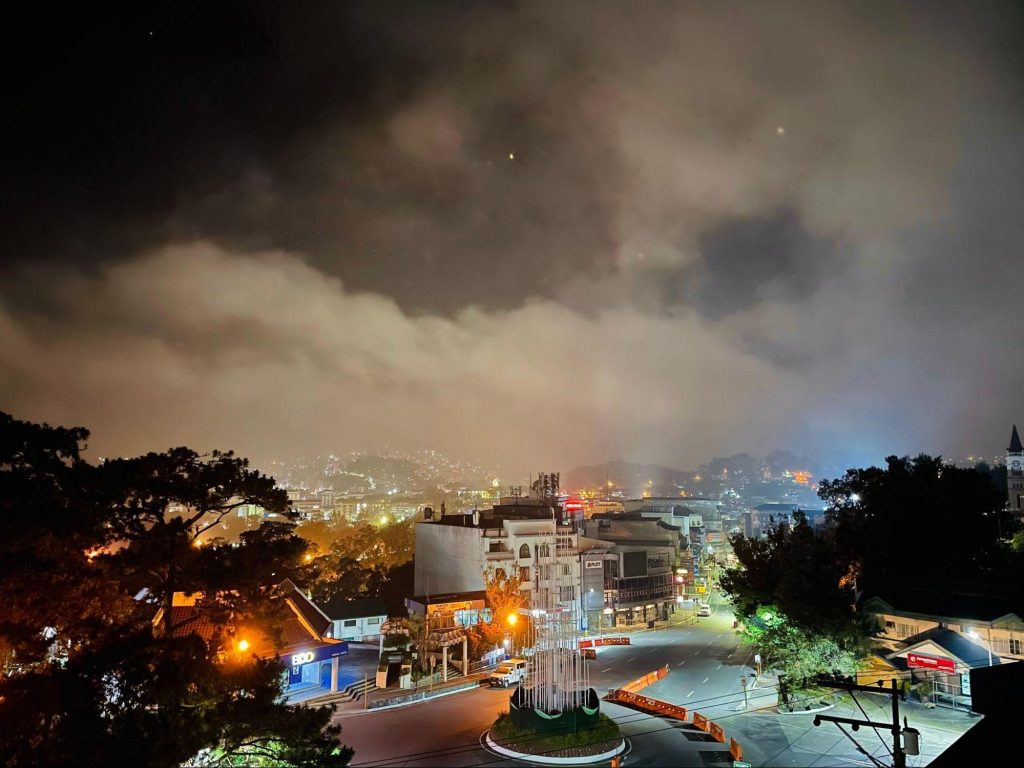
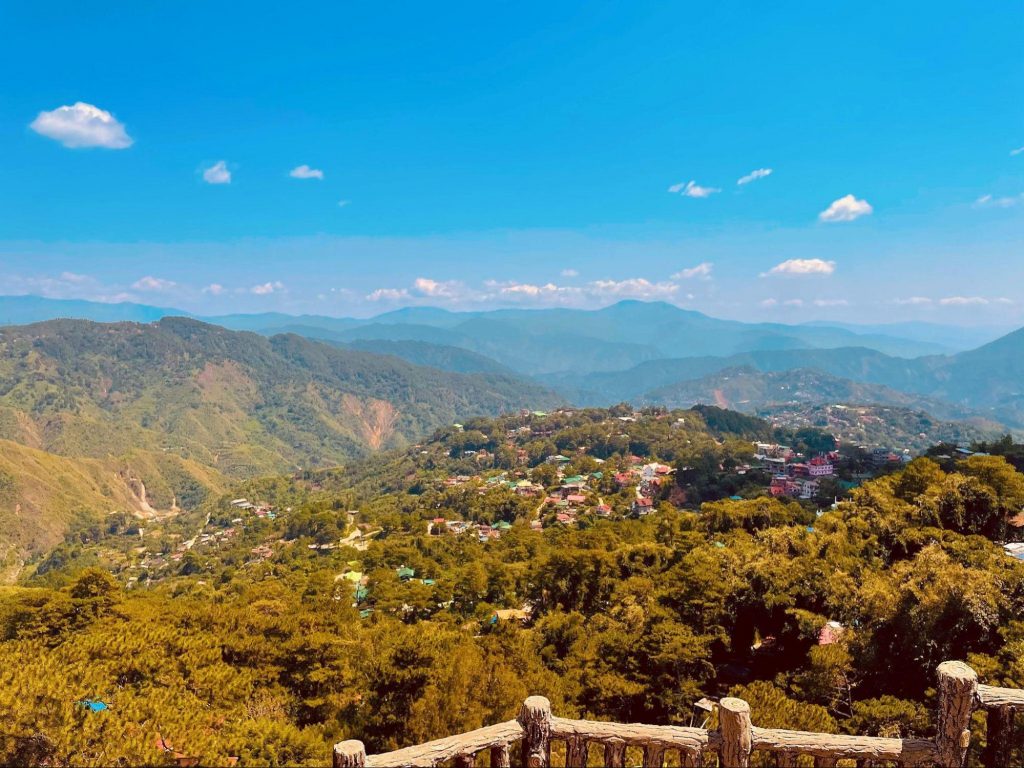
Maybe the warmth and comfort we feel in Baguio are coming from the fact that it went through many changes, good and bad. Even though it has seen and experienced struggles and challenges, it still managed to be open to changes without losing its identity. It’s letting us know that the very spirit of Baguio understands why people come to it to find peace and solace. Maybe, just maybe, this is a lesson Baguio would like to teach us.
Planning to visit Baguio soon? Visit visita.baguio.gov.ph to know how.


